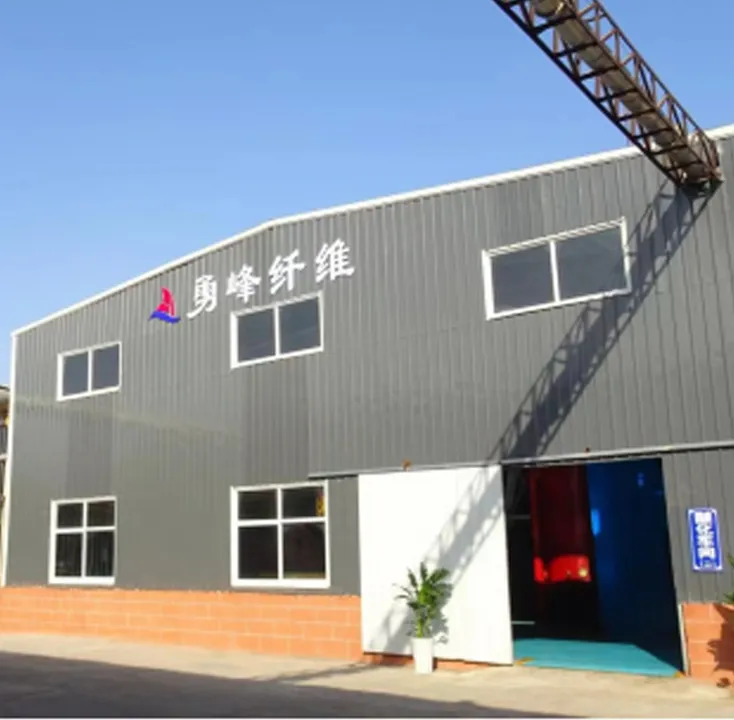HPMC Chemical A Versatile Polymer in Modern Applications
Hydroxypropyl Methylcellulose (HPMC) is a semi-synthetic polymer derived from cellulose, a natural polymer abundantly found in plant cell walls. This remarkable compound has gained significant attention in various industries due to its unique properties, including water solubility, biocompatibility, and film-forming abilities. As a key component in many products, HPMC has become a staple in fields ranging from pharmaceuticals to construction.
HPMC Chemical A Versatile Polymer in Modern Applications
In the pharmaceutical industry, HPMC plays an essential role as an excipient—a substance formulated alongside the active ingredient of a medication. It serves various functions, including acting as a binder, thickener, and stabilizer in oral formulations. For instance, in tablet manufacturing, HPMC can aid in controlling the release profile of the active ingredient, allowing for extended-release formulations that enhance patient compliance. Moreover, its non-toxic and biodegradable nature makes it a favorable choice for a wide range of pharmaceutical applications.
hpmc chemical

HPMC is also extensively used in the cosmetics and personal care industry. As an emulsifier and thickening agent, it contributes to the stability and texture of products such as lotions, creams, and shampoos. The polymer’s film-forming properties provide a smooth and desirable feel on the skin and hair, enhancing the overall user experience. Additionally, it acts as a moisturizing agent, helping to retain skin hydration and improve the overall efficacy of cosmetic formulations.
The food industry has also recognized the benefits of HPMC. It serves as a food additive under the E464 designation, where it is employed as a thickener, stabilizer, and fat replacement in low-fat products. Its ability to mimic the texture of fats enables food manufacturers to create healthier alternatives without sacrificing quality. Furthermore, HPMC is commonly used in gluten-free products, as it enhances dough performance and improves the texture of baked goods.
Sustainability is an increasingly important concern across all industries, and HPMC stands out as a biodegradable option that aligns with eco-friendly practices. As manufacturers and consumers alike seek more sustainable alternatives, the demand for HPMC continues to grow. Its renewable resources and minimal environmental impact make it a notable player in the shift towards greener materials.
In summary, Hydroxypropyl Methylcellulose (HPMC) is a versatile polymer that plays a crucial role in various industries, ranging from construction and pharmaceuticals to cosmetics and food. Its unique properties, such as water retention, film formation, and biocompatibility, allow it to fulfill diverse functions and enhance product performance. As the global market continues to evolve and embrace sustainable practices, HPMC is well-positioned to meet future demands, solidifying its status as an indispensable chemical in modern applications. Its ability to bridge the gap between functionality and sustainability makes HPMC not just a trend but a lasting solution for industries worldwide.
-
Understanding Methyl Hydroxyethyl Cellulose (MHEC) – Properties, Benefits & ApplicationsNewsNov.25,2025
-
A Comprehensive Guide to Methyl Ethyl Hydroxyethyl Cellulose: Applications and Industry InsightsNewsNov.24,2025
-
Understanding Methyl 2 Hydroxyethyl Cellulose: Uses, Benefits & Industry InsightsNewsNov.24,2025
-
Hydroxyethyl Methyl Cellulose HEMC: Industrial Uses, Benefits & Future TrendsNewsNov.23,2025
-
HEMC Cellulose: Versatile & Sustainable Industrial Polymer | YoungcelNewsNov.23,2025
-
Methyl Hydroxyethyl Cellulose: Versatile Building Block for Industry & SustainabilityNewsNov.23,2025




